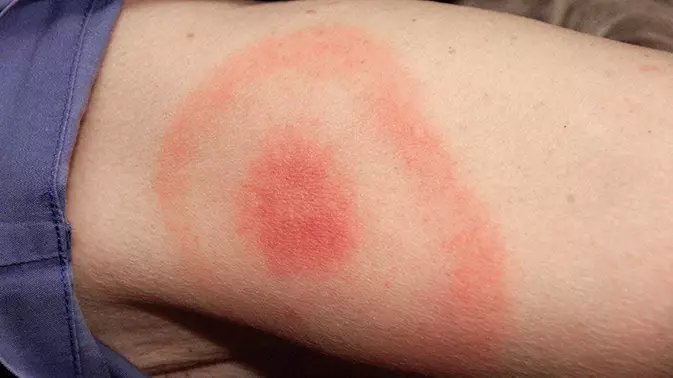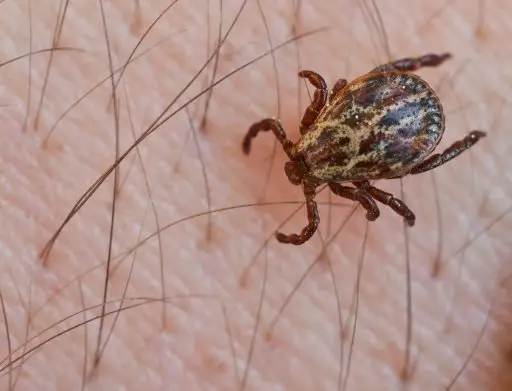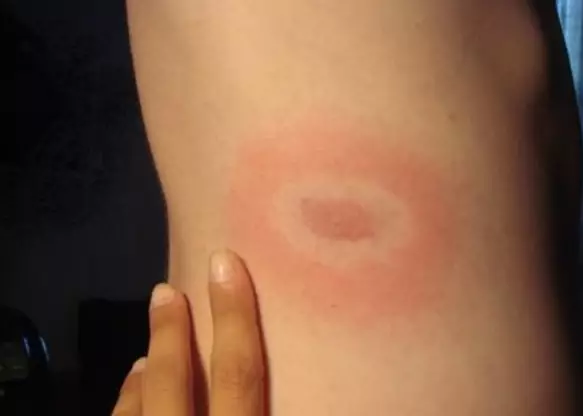
If you've got a rash that looks like a bullseye you should be treated immediately for Lyme disease, new advice for the NHS states.
Don't go asking your mates if they drew a dartboard on you while you were pissed - get yourself some antibiotics, basically.
Advert
Previously, people who came up with such an unusual looking rash might have a blood test and await results as a first port of call. However, they should now be immediately diagnosed with Lyme disease, according to the National Institute for Health and Care Excellence (NICE).
The guidance advises that waiting for lab results is in essence a waste of time, and patients should be prescribed antibiotics immediately before symptoms worsen. It can take up to eight weeks for a positive result to be returned and in this time the disease can escalate from relatively mild to debilitating.
Lyme disease is spread through tick bites, and while it can be elusive, the bullseye rash is a distinguishing symptom.

Deputy chief executive and director of health and social care at NICE, Professor Gillian Leng, said for most people with the disease a course of antibiotics would be an effective treatment.
Advert
She said: "A person with Lyme disease may present with a wide range of symptoms, so we have clear advice for professionals about the use of lab tests for diagnosis and the most appropriate antibiotic treatments.
"If a characteristic bullseye rash is present, healthcare professionals should feel confident in diagnosing Lyme disease."
However, just because you don't have the bullseye rash, doesn't mean you don't have the disease. Other initial symptoms include:
- high temperature
Advert
- headaches
- muscle and joint pain
- tiredness
- loss of energy

If the disease is not treated early enough with antibiotics, these symptoms can worsen to the likes of:
Advert
- pain and swelling in joints
- nerve problems
- heart problems
- loss of memory or concentration
Advert
The ticks that carry Lyme disease can be found all over the UK, though they usually reside in grassy areas. As such, it is advisable to keep your skin covered - particularly on your lower body - when walking through grassy areas and woodland.
If you do get bitten by a tick, you should remove it from your skin with tweezers and disinfect the area with an antiseptic wipe.
Last year, singer Avril Lavigne opened up about her battle with the disease, which at one point made her think she was dying.
Featured Image Credit: NHS